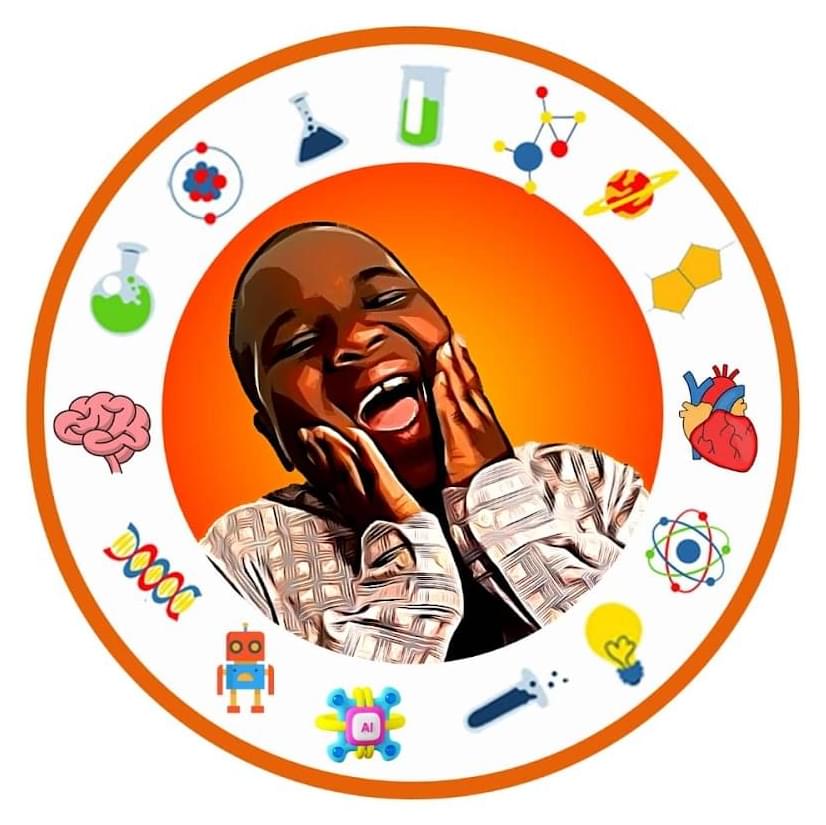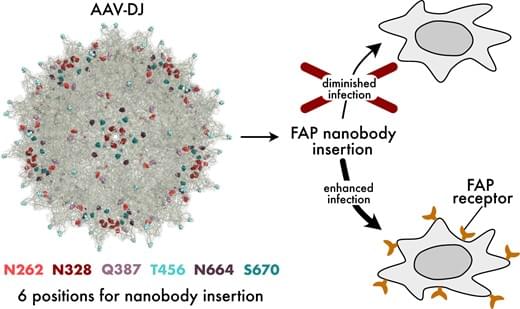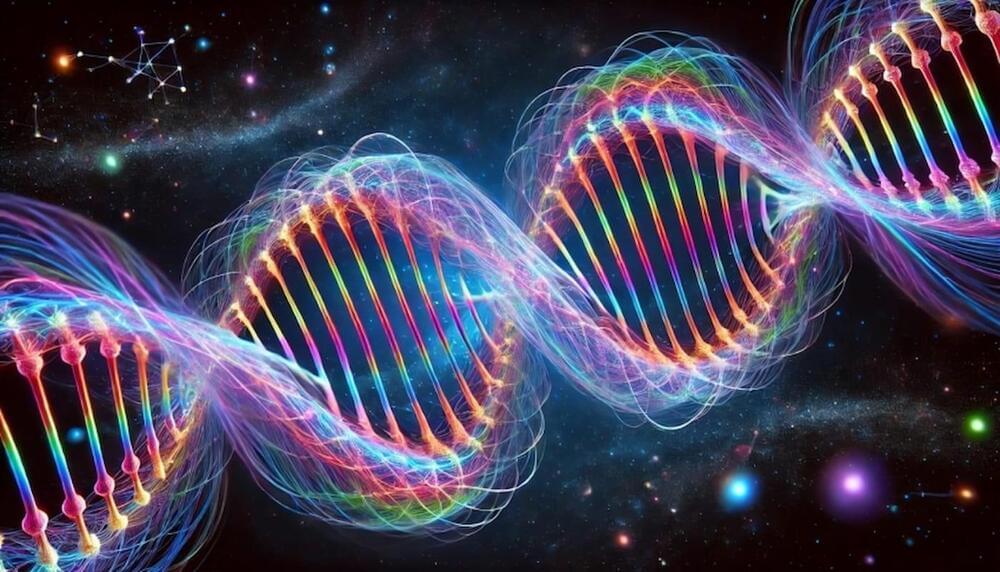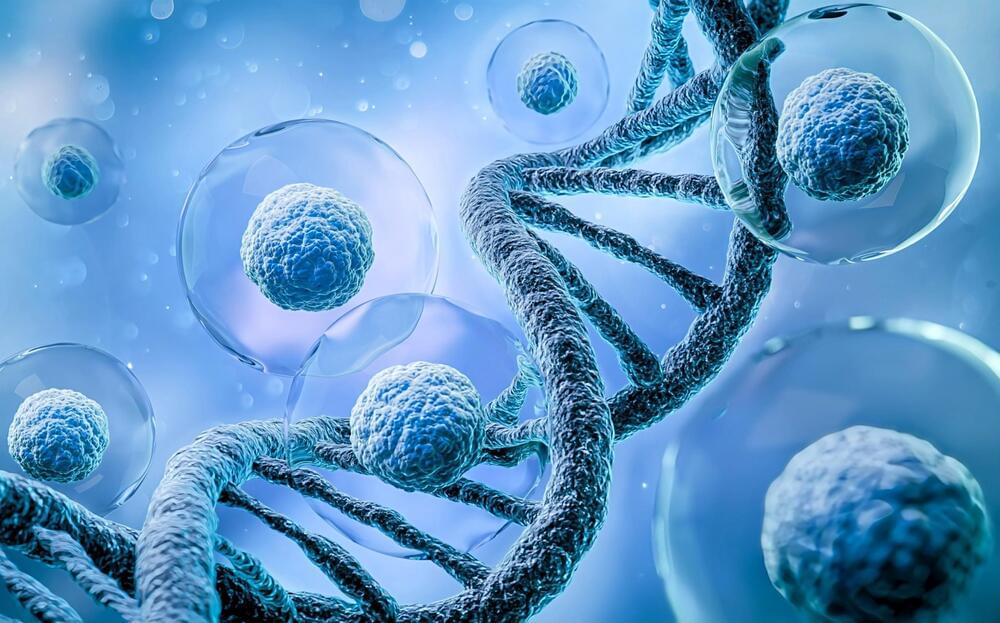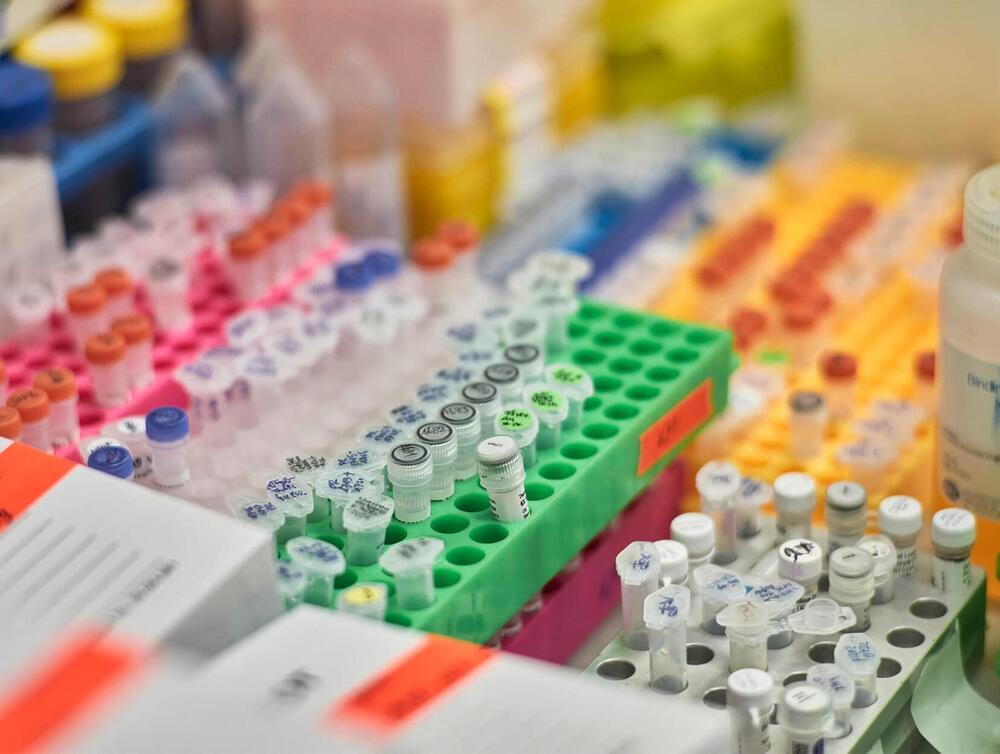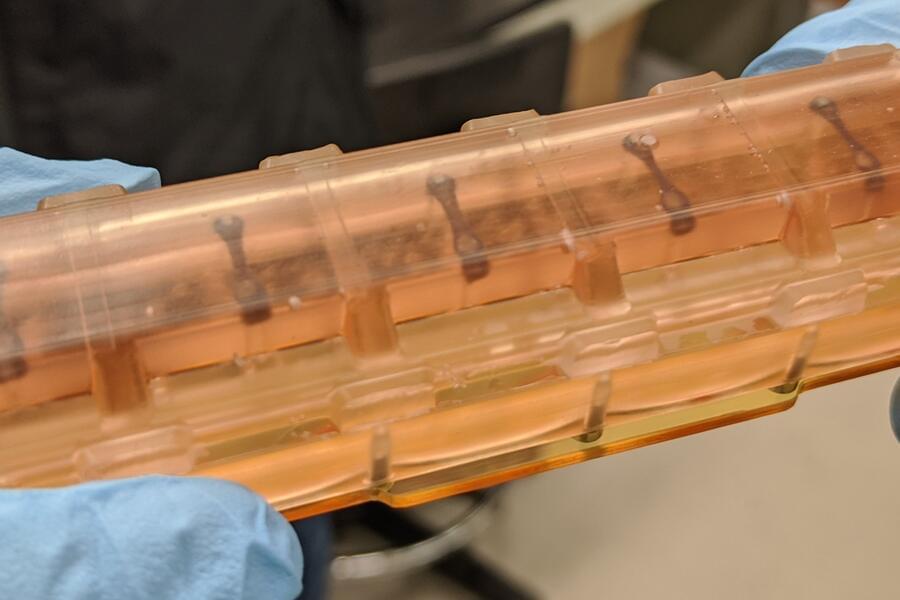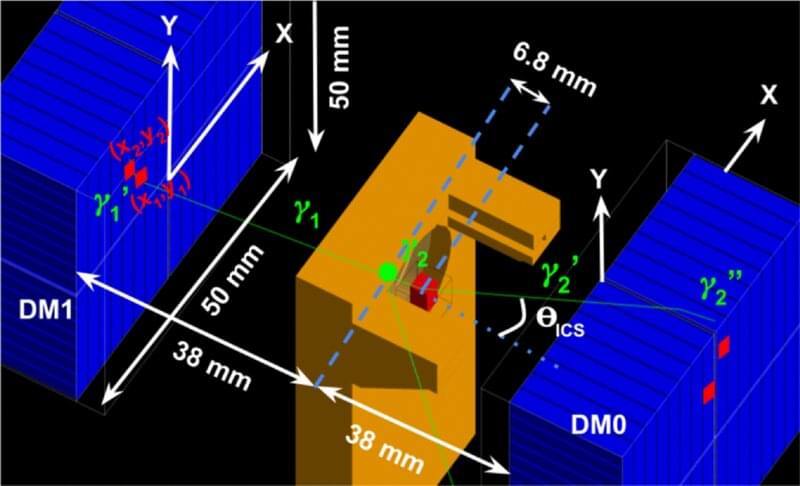Oct 16, 2024
Learning With Sean The Science Kid
Posted by Omuterema Akhahenda in categories: biotech/medical, education, neuroscience, science
https://youtube.com/channel/UC8Gtb6QcDOTbwcsDJo1bcGg
This little boy is really smart. I’m like in my 50’s this kid is barely 10, but much smarter than I am. Share and show him support. We need to have incentives for kids to thrive educationally. Props to the kids parents, they really raised an inspirational talent.
Sean is an aspiring brain and heart surgeon and he has created a name for it. He wants to be a “Neurocardio surgeon”. A word he created from Neurologist and Cardiologist. He is a STEM Educator Education Promotor/Advocate. He loves to learn and teach and wants to make the learning of science fun for all. Sean wants to create the awareness that science is not complex and can be seen in everything we do and in our everyday life. Sean is an advocate for positivity and shares motivation everywhere he goes. Sean is managed by his mom.
